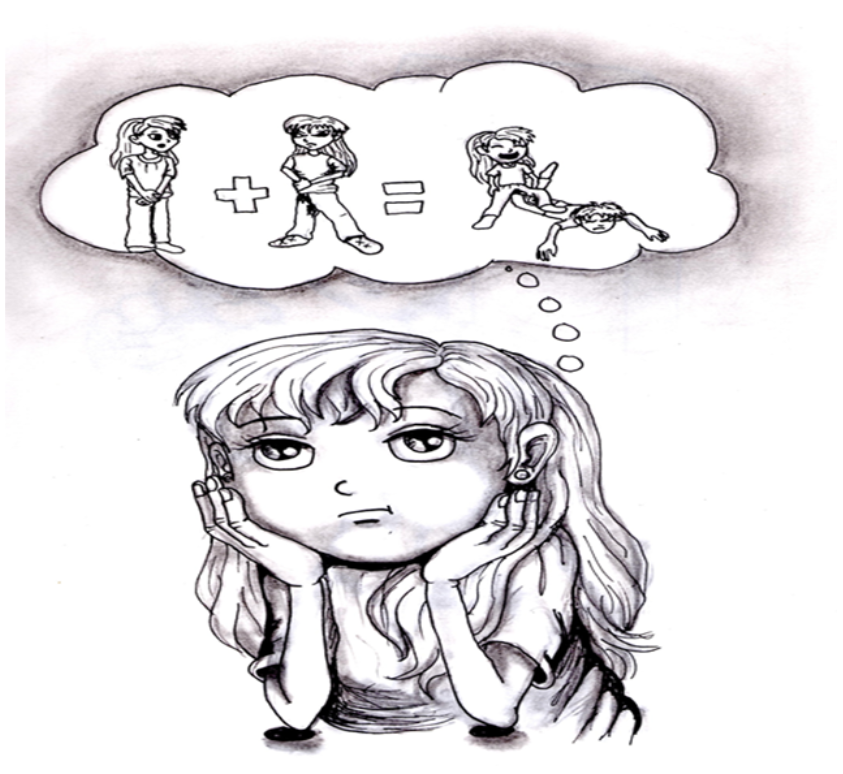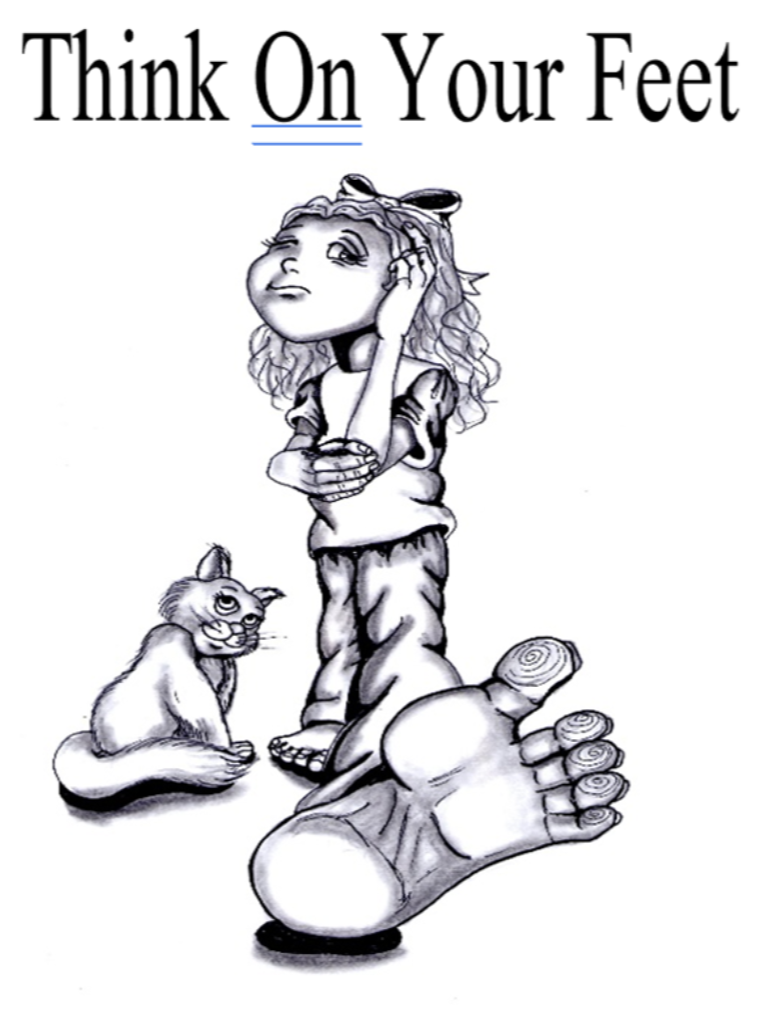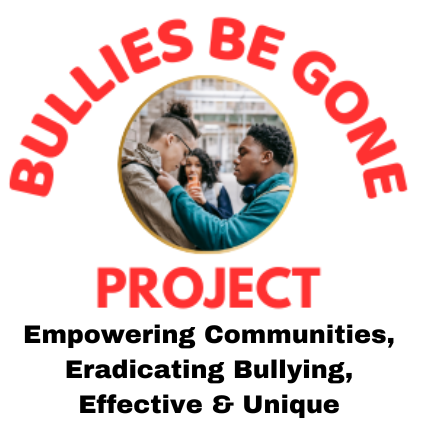Module 16
Self-Empowerment Training
Weeks 31 and 32
Explain to students: BBGP’s main goal is to self-empower you with effective anti-bullying awareness, safety, social skills, and unique techniques that will last a lifetime. This is called sustainability.
The emotional impact of bullying can last well into adulthood. Self-empowerment training gives you life skills that help you prevent becoming a victim of bullying, no matter your age.

Discuss with students: What is the theme/main idea of the illustration and what may be the hidden message(s) as it applies to bullying?
“YOU MUST SOLVE YOUR BULLY PROBLEM” – Poem
As a kid, you must eventually solve your bullying problem for it to permanently go away.
If you’re being bullied, you must tell your parents, Teachers, or any other responsible adult. However, the bullying may continue in the very same way.
You might be thinking if adults can’t solve my bullying problem, who can?
The chances are no adult is around when you’re being bullied. You’re on an island with just you and the bully. You must learn to take a strong stand.
It may not be an easy task to solve your bully problem alone, but if you’re taught how, it can and will be done.
The bully will see a stronger and more confident you and wonder where your new self-empowering attitude came from.
You must solve your bullying problem and you can do it. There are certain skills you need to be shown.
These special skills you must learn, apply when necessary, and then hone.
You’ll maintain these skills for the rest of your life.
Then, no matter what age you are, when a bully sees or senses your special skills, he/she will leave you alone and rapidly take flight.
Al Johnson
Remind students: Select your favorite words or phrases in the poem. Copy them onto your “My Favorites” at the end of your workbook! Practice repeating them over and over again, so you are ready to confidently respond to a bully.
“YOU MUST SOLVE YOUR BULLYING PROBLEM” VOCABULARY – Discuss the meanings of the following words/phrases, and how they are used in the stanzas of the poem for a clear understanding of the theme/main idea of the poem:
- Eventually
- Permanently
- Responsible adults
- Strong stand
- Stronger and more confident
- Self-empowering attitude
- Hone
The “Think on Your Feet” poem was first presented in Module 9. What follows is a repeat, to review this important lesson.

“THINK on YOUR FEET” – Poem
When a bully gets in another kid’s face, the bully’s objective is to quickly take control and instill fear.
The kid being bullied becomes confused, and often, that kid’s thinking becomes unclear.
Then the bully will have the upper hand. The bully will be totally in charge.
A kid being bullied has to quickly think on his/her feet. If the kid has been trained to do so, this will not be very hard.
To think on your feet simply means to make a determined decision you’re going to get yourself out of a bully situation as fast as you can.
Here are some choices you have: Talk your way out of the bully situation, make any excuse necessary to leave the scene, use your strong convincing voice. The last resort may be to aggressively use your hands.
Most kids who are bullied have no clue what it means or how to think on their feet.
Now you have an idea, but you’ll need to learn more and then practice making your training complete.
By having the ability to think on your feet, your chances of being caught off guard by a bully will be a lot less.
Kids, by having the ability to think on your feet in a bullying encounter, you could leave the bully confused and then hopefully, conclude, leaving you alone, is the wisest thing for him/her to do next.
Al Johnson
Remind students: Select your favorite words or phrases in the poem. Copy them onto your “My Favorites” at the end of your workbook! Practice repeating them over and over again, so you are ready to confidently respond to a bully.
“THINK ON YOUR FEET” VOCABULARY – Discuss the meanings of the following words/phrases, and how they are used in the stanzas of the poem for a clear understanding of the theme/main idea of the poem, and the author’s intent:
- Main Objective
- Instill
- Unclear
- Strong Convincing voice
- Resort
- Aggressively
After reviewing “Think on Your Feet”, take out your slips of paper previously used in Module 9. Have a student select one, read it out loud twice, and proceed to think on their feet continuously for sixty seconds. Then continue with the other students. (See complete instructions in Module 9 if needed.)


